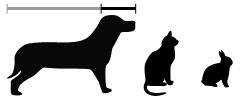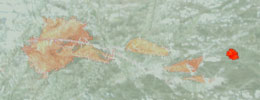Elements & Principles of Art
Elements of Art
(building blocks of visual art)

Line
Line is the path of a point moving through space.

Shape / Form
Shape implies spatial form and is usually perceived as two-dimensional. Form has depth, length, and width and resides in space. It is perceived as three-dimensional.

Color
Colors all come from the three primaries and black and white. They have three properties – hue, value, and intensity.

Value
Value refers to relative lightness and darkness and is perceived in terms of varying levels of contrast.

Texture
Texture refers to the tactile qualities of a surface (actual) or to the visual representation of such surface qualities (implied).

Space / Perspective
Space refers to the area in which art is organized. Perspective is representing a volume of space or a 3-dimensional object on a flat surface.
Principles of art
(use or arrangement of the building blocks of visual art)

Pattern
Pattern refers to the repetition or reoccurrence of a design element, exact or varied, which establishes a visual beat.

Rhythm / Movement
Rhythm or movement refers to the suggestion of motion through the use of various elements.

Proportion / Scale
Proportion is the size relationship of parts to a whole and to one another. Scale refers to relating size to a constant, such as a human body.

Balance
Balance is the impression of equilibrium in a pictorial or sculptural composition. Balance is often referred to as symmetrical, asymmetrical, or radial.

Unity
Unity is achieved when the components of a work of art are perceived as harmonious, giving the work a sense of completion.

Emphasis
Emphasis refers to the created center of interest, the place in an artwork where your eye first lands.


